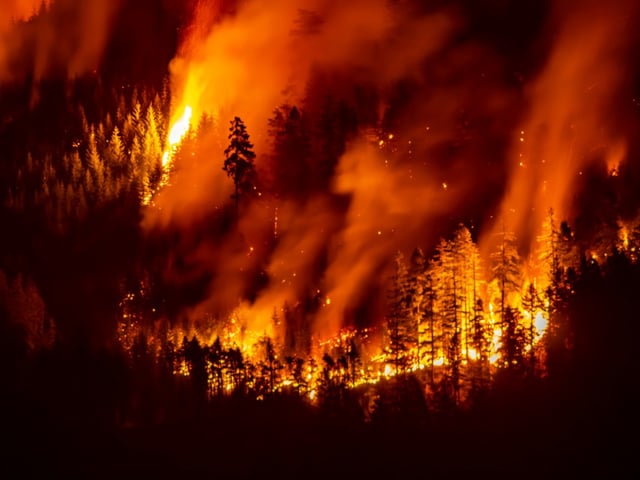Overview
- Canada’s PM2.5 levels rose by more than 50% in 2023 versus 2022, with over half the population breathing air above the national 8.8 µg/m³ standard.
- The United States saw an average 20% rise in particulate pollution, with smoke shifting top pollution hotspots from California to downwind states including Wisconsin, Illinois, Indiana and Ohio.
- The AQLI estimates that if 2023 concentrations persist, residents in the hardest‑hit areas could lose more than two years of life expectancy relative to WHO air-quality guidelines.
- Globally, PM2.5 edged up from 23.7 to 24.1 µg/m³ in 2023, even as concentrations fell within the European Union and in Central and West Africa.
- The report draws on satellite measurements dating to 1998, and new reporting notes that 2025 already ranks as Canada’s second worst wildfire season, signaling continued smoke risks.

